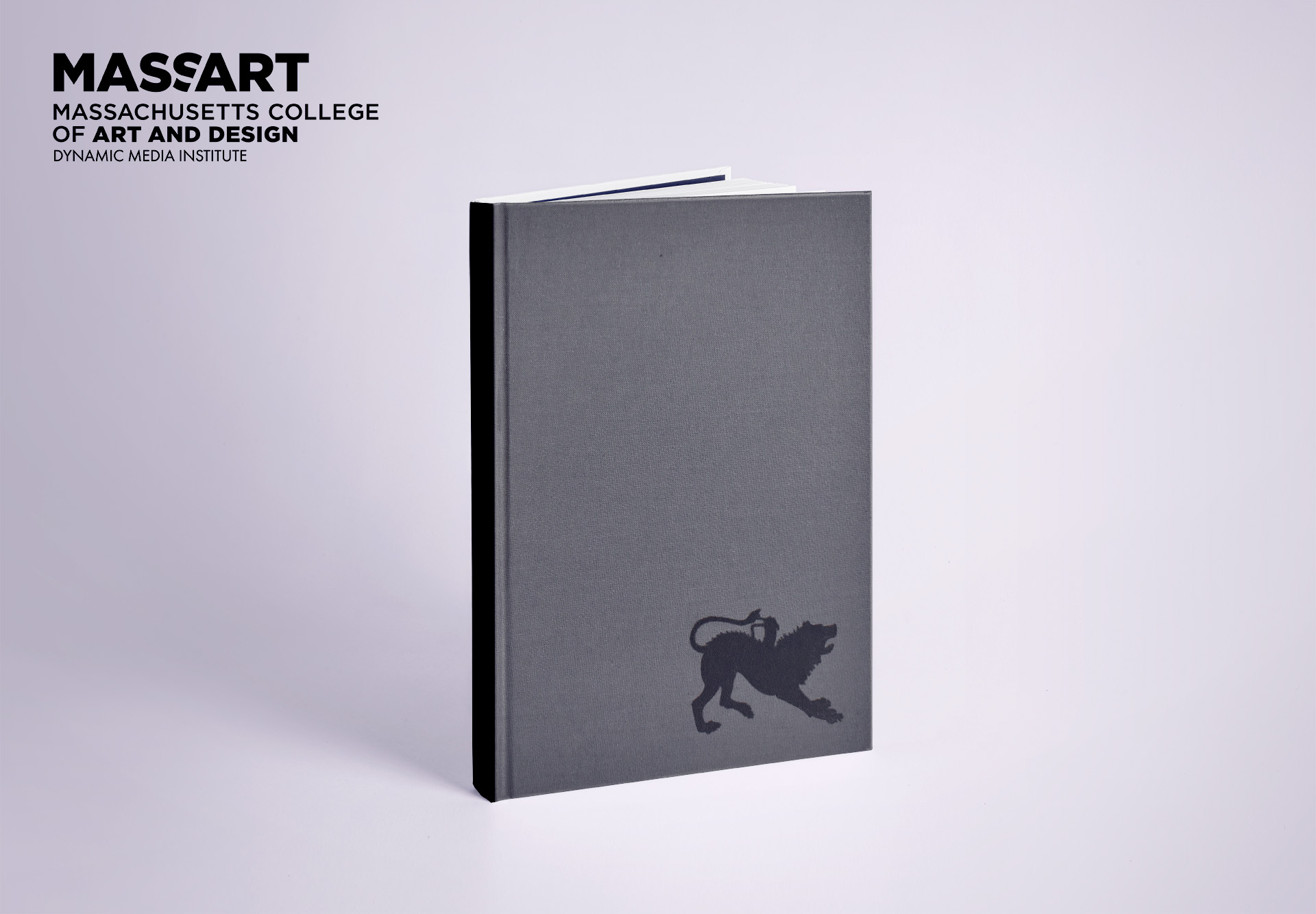Christopher Field, MFA ’11
thesis abstract
WHAT I TALK ABOUT WHEN I TALK ABOUT MY THESIS
There’s this: I’m interested in the translation of emotion through media and the strengths and weaknesses of discrete media forms in affecting people’s perceptions, emotions and experiences. I’m interested in emotional response to media, and the reasons that people choose to interact with or perceive different media forms.
LET’S GET SPECIFIC, GODDAMNIT
The primary way in which I’m investigating these media forms is through the examination of cinematic narrative conventions as tools of emotional response. In commercially-produced narrative films5, certain storytelling techniques are used to elicit emotional responses from the viewer. By isolating these conventional components, (e.g.“the countdown” [a timer or clock built or plunged into a story to create tension], “the costume” [clothing dictating a character type or personality], “the two person dialogue scene” [specific use of camera angle and pace of editing], “the voiceover” [narration as a tool of storytelling]) from their traditional Hollywood context, I’m examining whether they retain the same specific emotional effects (i.e. , tension, sadness, identification with character, character development) sans story, that is, whether these conventions can function on their own and elicit an emotional response in the viewer/perceiver without the framework of a larger arc of the story holding them together. Each isolated component is given its own means of display and interactivity via specific installations that enhance the effect of and/or distance the viewer from the narrative convention. When experienced sequentially or collectively, these fragmented cinematic tropes engender emotional responses, allowing the viewer/perceiver to create his/her own narrative, or lack thereof, as they interact with the physical space. Does the installation of these isolated conventions into a single physical space alter their emotional effect or resonance, or their ability to affect the viewer? And how can this be useful to artists/ designers/proprietors of media?
Download “Notes and Errata on Message and Meaning” (PDF, 6 MB).


